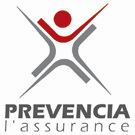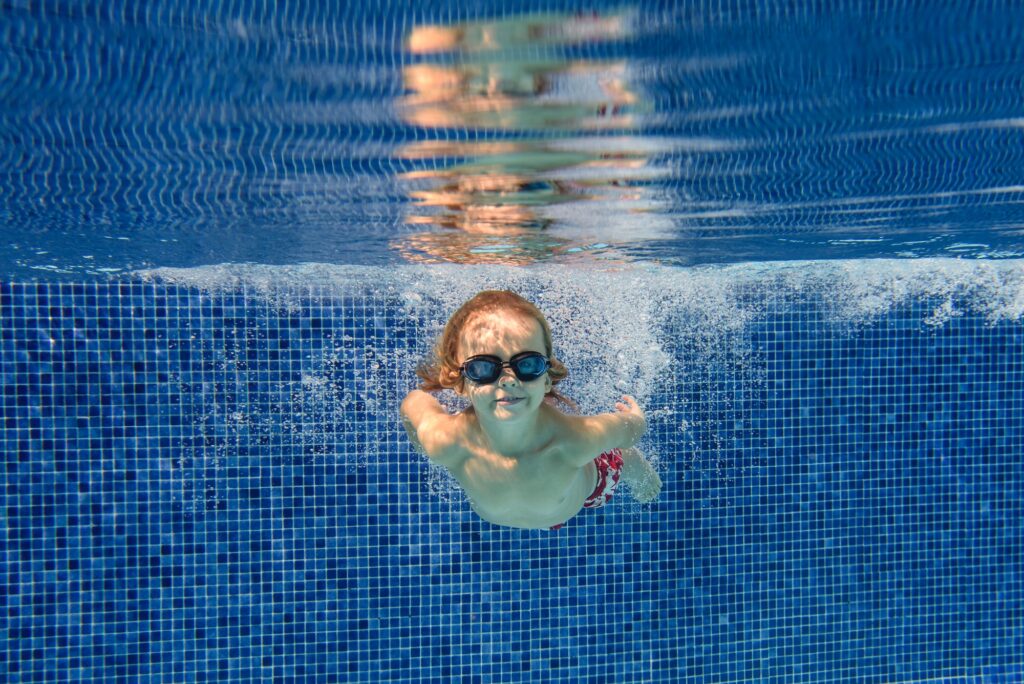The pleasure of using your own swimming pool is always greater if you are safe in the knowledge that you have done your best to reduce all possible risks. Swimming pools pose inherent risks (and 5cm of water is all it takes for the worst to happen in tragic circumstances), but it is possible to plan to limit these risks as far as possible. Now that the swimming season is back again (most of the time), the following timely reminders may be appropriate.
Recent poolside statistics
The following statistics have been published by Santé publique France:
| 2015 | 2018 | |
| Children under 6 months old drowning in public and private pools | 226 | 443 |
| Drownings in private swimming pools, all ages | 96 | 223 |
What accounts for this increase? One is tempted to suggest that increased security has made us less vigilant, but the SpF surveys suggest otherwise. Although 47% of these tragedies involved non-swimmers, 55% were thought to have been avoidable with improved surveillance and/or security. One tragedy, of course, signals room for improvement.
Adults are also susceptible to suffering a swimming pool accident, often through being over-confident.
Security systems
For both in-ground pools (where the basin is completely or just partially sunken) and above-ground pools, some form of security system is mandatory. Different solutions exist, including water-level alarms, boundary alarms, barriers and fences, covers, rollers and complete roll-on roll-off roofs. There is also nothing (but budget) to stop you installing a combination of these.
Any accident is tragic whatever the circumstance. Don’t forget that the law will also have its say if you have neglected your legal obligations, potentially to the tune of 45,000 euros.
The relevant norms
Whichever security system you choose, it’s your responsibility to see that it and its installation conform to the relevant norms:
- NF P90-306 for barriers and fences
- NF P90-307 for alarm systems
- NF P90-308 for security covers
- NF P90-309 for roofed shelters
Preventative measures best suited to children
- Arm bands, water wings and float suits in attractive colours are abundantly available for children of all ages. Have them wear them as part of a routine before they are poolside.
- Keep an eye on children at all times. If the phone rings or you need to welcome visitors, insist that the children leave the pool and go with you.
- Have a no-running rule. Slipping on wet margelles and falling into the water unconscious needs to be avoided.
- Teach your children to float and to swim.
Preventative measures for adults
Running poolside remains, of course, a major risk for teenagers and younger adults. But cold shock response can be a major cause of drowning caused when the difference between water temperature and body temperature can trigger a heart attack or fatal hyperventilation. These are most likely to be winter risks but taking a plunge too soon after a big meal on a cold summer’s day can trigger the same reaction.
Never under-estimate the risk posed by a pool’s deep end to someone who isn’t a strong swimmer.
In case of accidents
If despite your best efforts an accident happens, you’ll need to respond quickly. By the time the Samu (15) or the pompiers (18) arrive it may be too late. Your immediate intervention is probably going to be needed, as follows:
- If the victim is conscious: wrap them in a dry towel with the aim of getting their body temperature raised. Stay with them until their recovery is self-evident.
- If the victim is unconscious but breathing regularly: call for help and then ensure their airways are not obstructed by putting the victim in the recovery position. (The UK’s NHS has a video on this here. A French version, on the Noyades site officiel, covers this on this page, see section Acte 4.) Cover the victim with a dry towel and stay very close by until consciousness returns.
- If the victim is unconscious and is also not breathing: you will need to perform CPR. Our advice is that every parent who lets their child use a swimming pool should know how to administer CPR. (The UK’s NHS has a video on this here which distinguishes between infants under one year and older children. The NHS video shows Vinnie Jones performing hands-only CPR to the beat of Stayin’ Alive: worth a watch? A French version, on the Noyades site officiel, covers this on this page, see section Acte 5.)
Don’t forget the mobile apps on First Aid that we mentioned in our blog article First aid reference in your pocket. In both French and English, these are packed with valuable information about helping your loved ones in these circumstances.
Finally, check what your insurance policy says about your use of your own swimming pool. Your obligations under French law come first – and no insurance policy is likely to help you if you get that wrong.
The information provided here is for general guidance. The exact details of your policy will define your legal and contractual obligations. What is written there will take precedence over what is written here.
Ces informations sont données à titre indicatif. Pour connaître précisément vos obligations légales ou contractuelles en relation avec votre contrat d’assurance, veuillez vous référer aux conditions générales et particulières de votre contrat.

